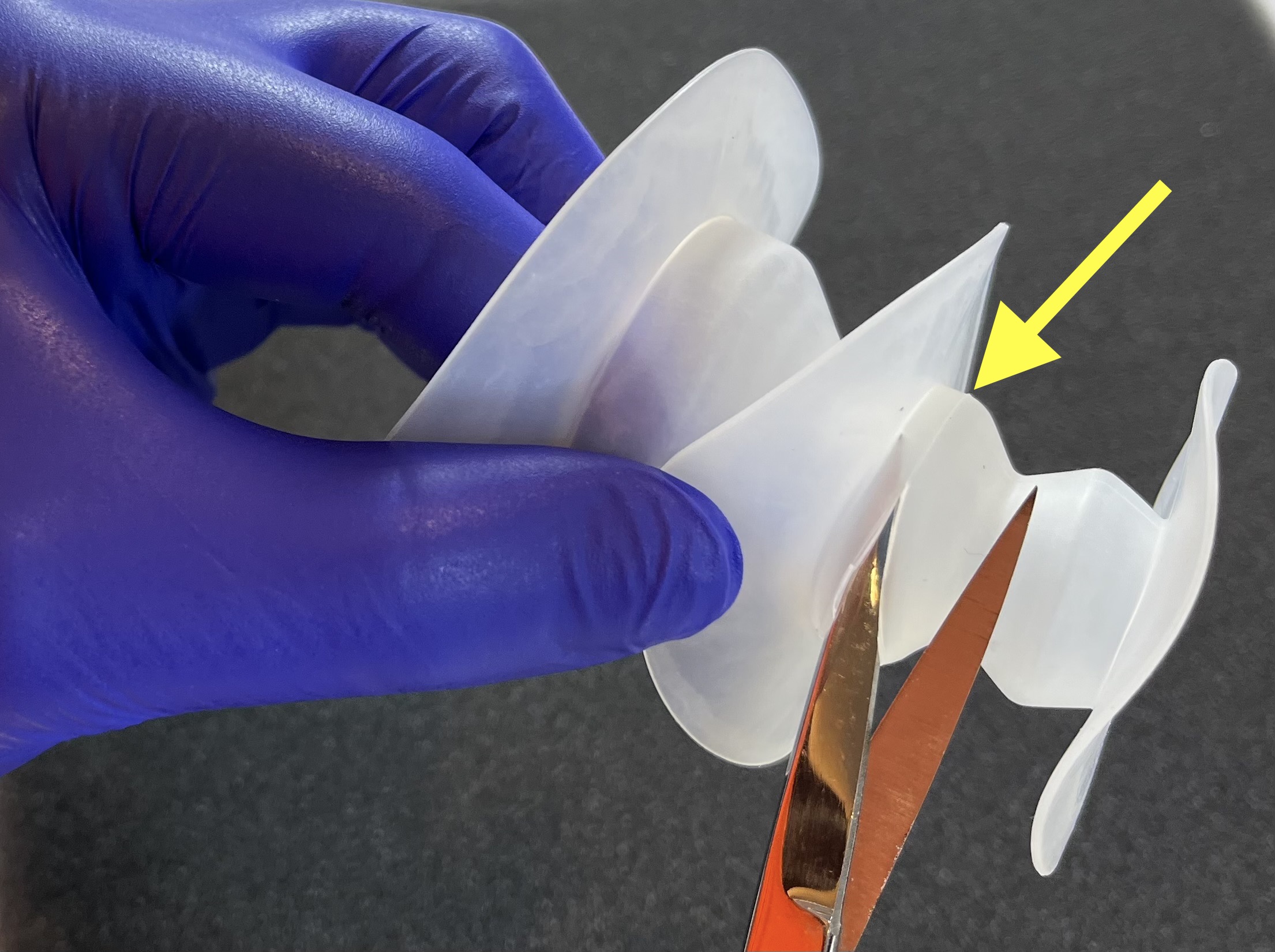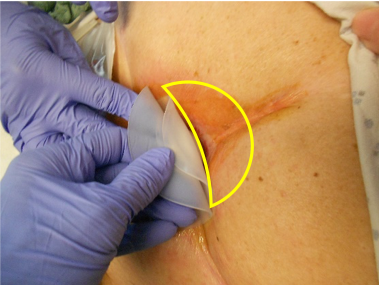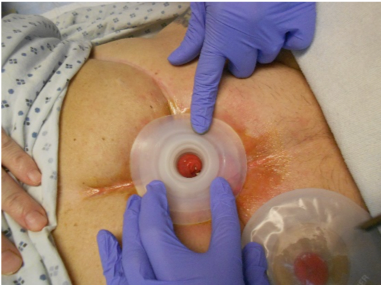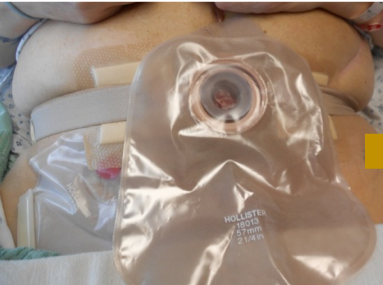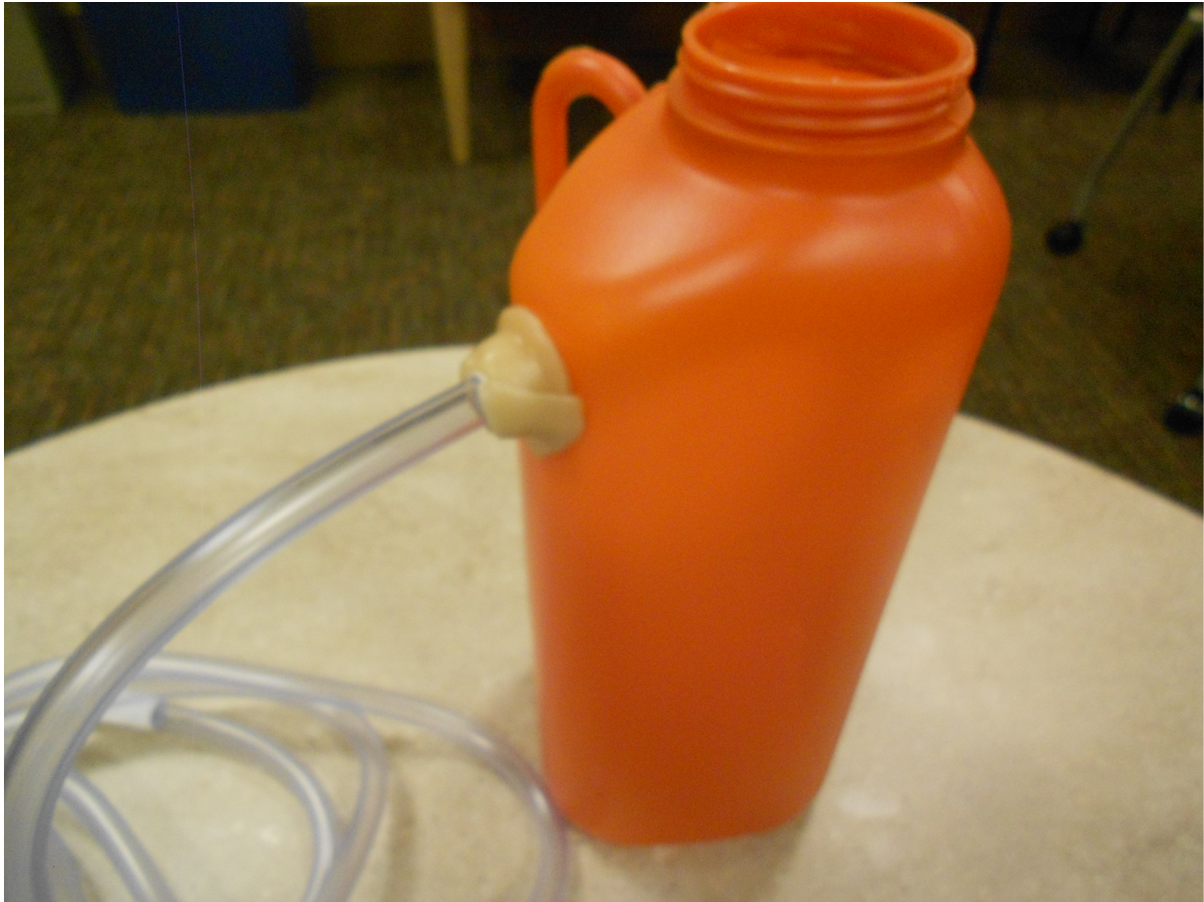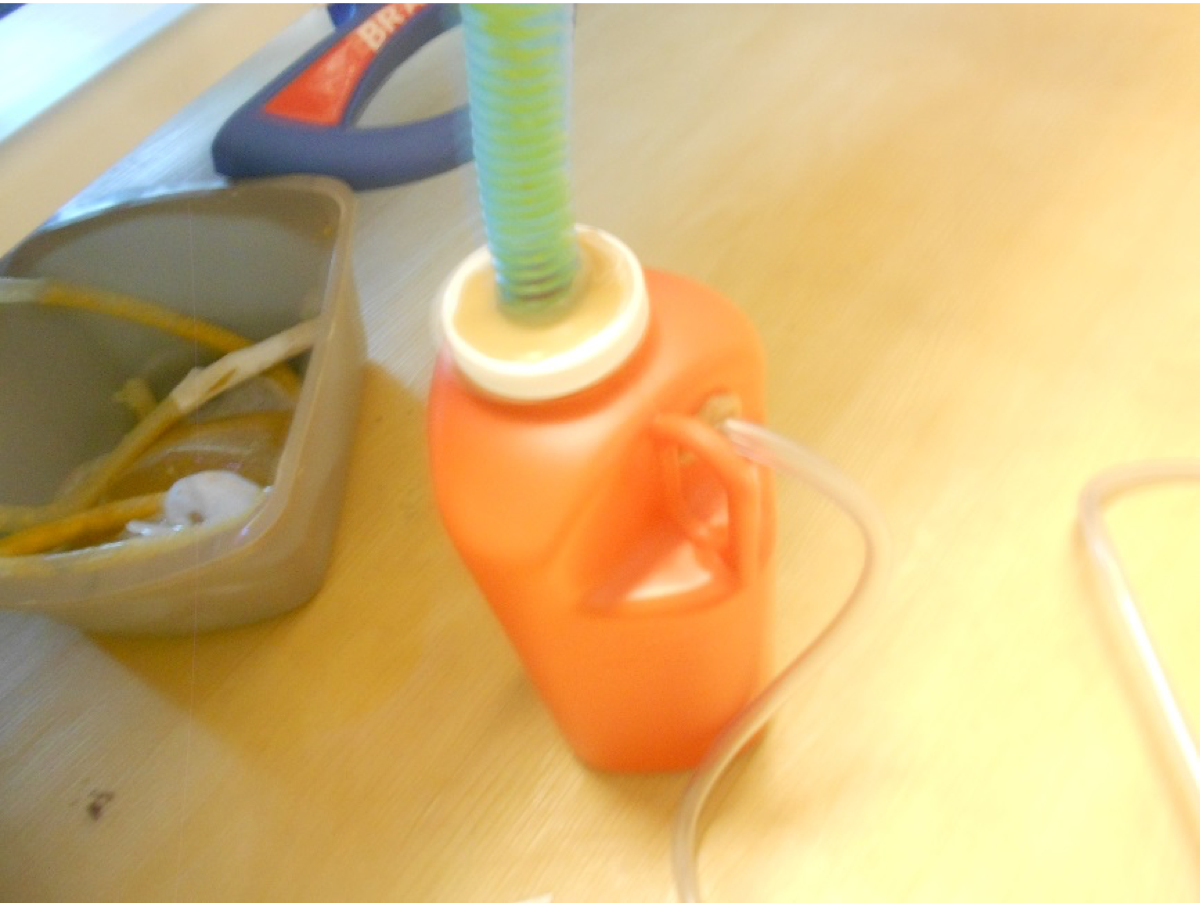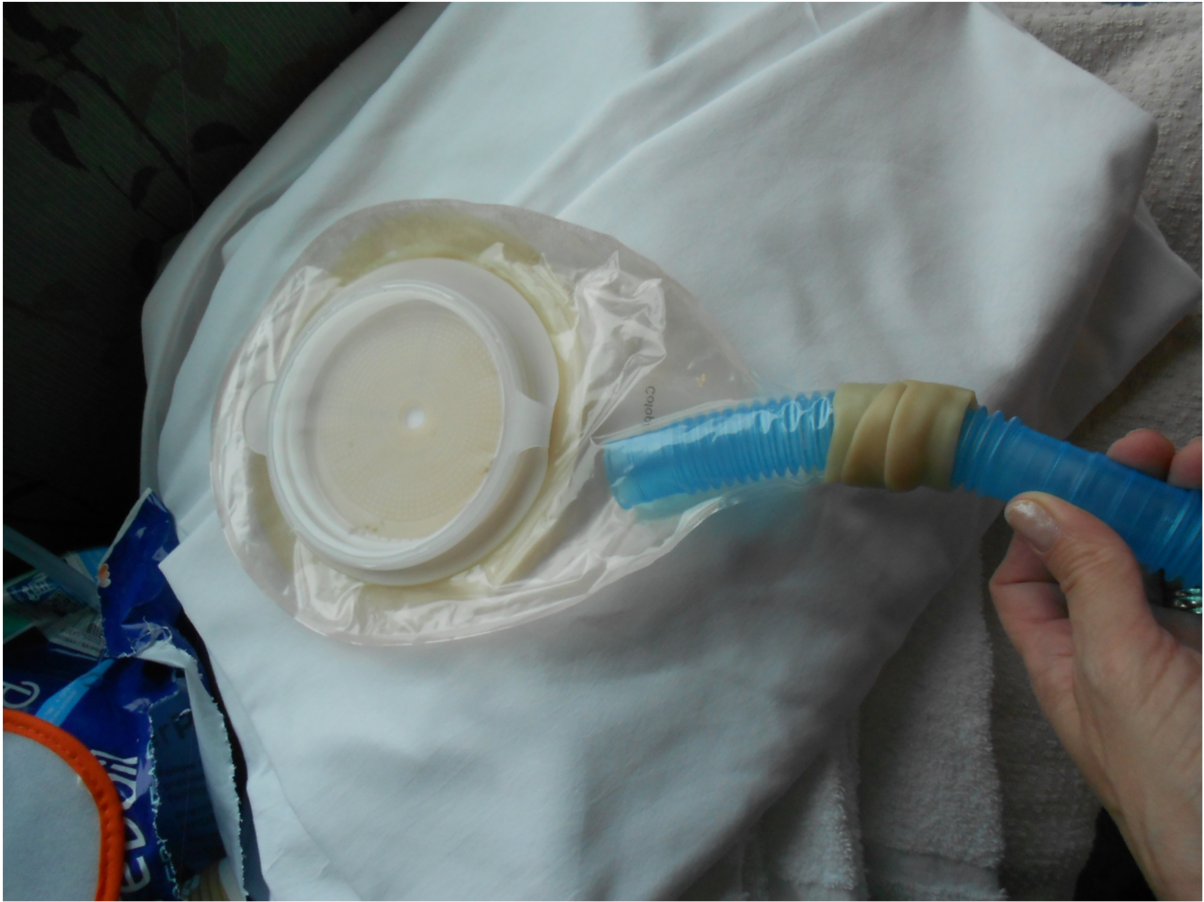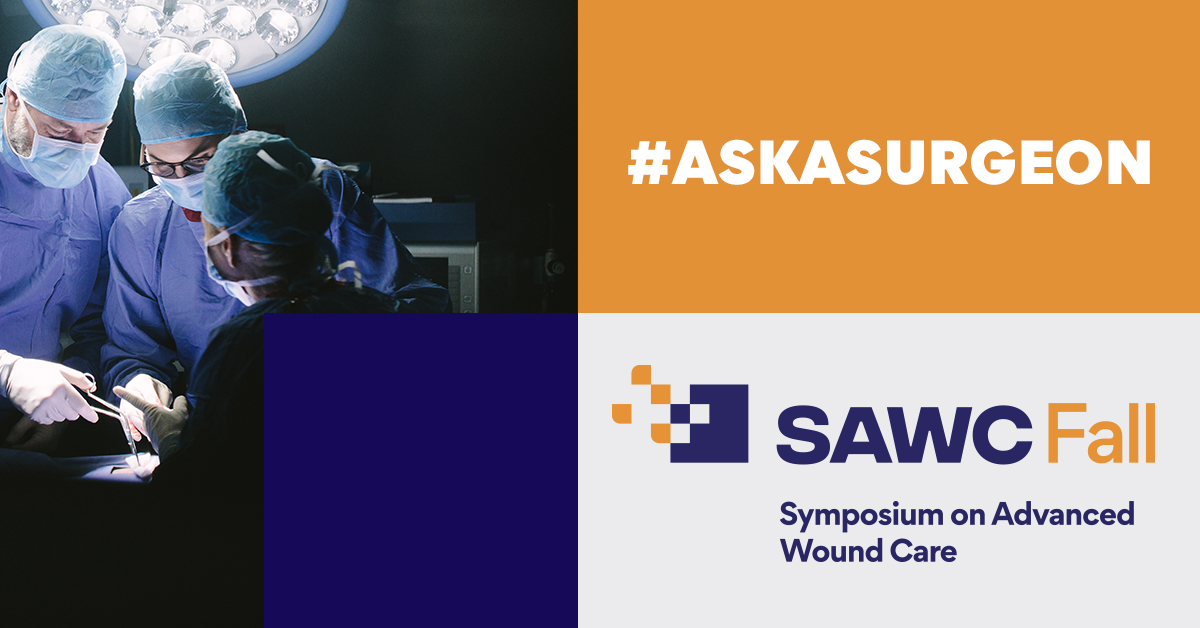The webinar Entero-cutaneous and entero-atmospheric fistulas: Have we had a paradigm shift in management? is now available online.
Dr. Richard Miller, Chief, Division of Trauma and Surgical Critical Care at Vanderbilt Medical Center presents a comprehensive overview of enteric fistula management and makes a strong case for "feeding the gut".
The webinar is part of the American Association for the Surgery of Trauma Virtual Grand Rounds educational program.
Click here to watch.









